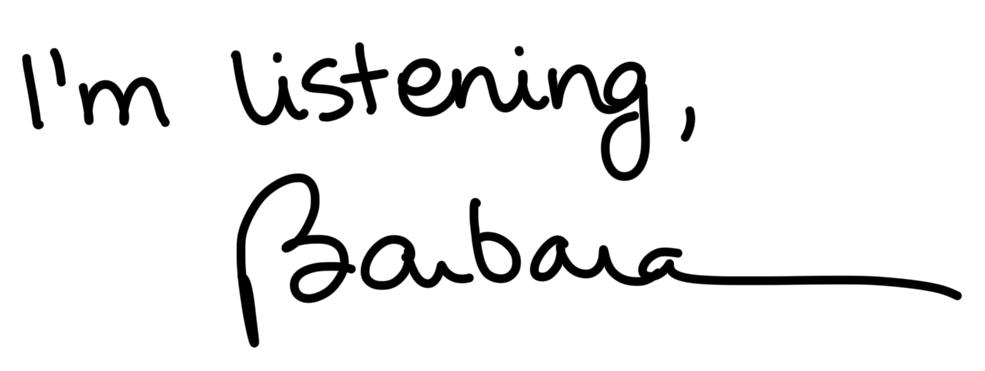
You’re staring at a blank screen, the deadline is looming and your brain feels frozen.
Writer’s block is frustrating—especially in public relations, where content creation is a huge part of the job. Whether it’s crafting the perfect pitch, drafting a news release or composing an engaging social media post, new PR practitioners and students often struggle to get words flowing.
The good news? Writer’s block isn’t permanent. With the right exercises, tools and mindset shifts, you can break through and create strong, compelling content—without over-relying on AI.
Let’s dive into some proven strategies to get you writing confidently.
1. Ditch Perfectionism and Start With The Ugly First Draft (TUFD)
Many PR newcomers get stuck because they’re trying to write the perfect piece on the first try. PR and marketing expert Ann Handley calls this the “Ugly First Draft (TUFD)”—a liberating concept that encourages you to just get words on the page, no matter how bad they are.
Exercise: The 10-Minute TUFD Sprint
Set a timer for 10 minutes and write non-stop WITH PEN/PENCIL AND PAPER, even if it’s rough. Don’t worry about grammar, structure or making sense—just get thoughts down.
Why it works: TUFD frees you from the pressure of perfection. Refining comes later.
Real-World Example: PR professionals often draft “word vomit” versions of pitches or news releases before polishing them. The key is to get started—even if what you write isn’t client-ready yet.
2. Use a Storytelling Formula
PR is all about storytelling, but when you’re stuck, structuring your thoughts can feel like riding on the struggle bus.
Tool: The PAS Formula
If you’re struggling to frame a news release or pitch, try this simple formula:
- Problem: Identify the issue or newsworthy angle
- Agitation: Explain why it matters
- Solution: Present the product, service, or news as the answer
Example:
Instead of starting a pitch with, “Acme Company launches a new app”, use PAS:
? Boring: “Acme Company is excited to announce the launch of its new app.”
? Engaging: “Busy professionals struggle to find time for healthy meals (Problem). With limited options, they often rely on fast food (Agitation). Acme’s new app delivers fresh, personalized meal plans in minutes (Solution).”
Why it works: This structured approach prevents you from overthinking your introduction.
3. Step Away from the Screen (Yes, Really)
If you’re stuck, staring harder at your screen won’t help. Sometimes, stepping away is the best way to move forward.
Exercise: The 20-Minute Reset
- Walk around the block (this works best with a dog).
- Listen to a podcast (but not about PR—give your brain a break).
- Meal prep your dinner.
Why it works: Your subconscious continues working on the problem while you’re doing something else. Often, ideas will flow naturally when you return.
4. Limit AI Use – It’s a Helper, Not a Crutch
AI tools like ChatGPT can be great for brainstorming but shouldn’t replace your unique voice and strategy. Over-reliance on AI can make your writing sound robotic and generic—both of which are PR red flags.
How to Use AI Wisely
? DO:
- Use AI for headline variations or brainstorming angles.
- Run a draft through AI for readability suggestions (but tweak heavily).
- Ask AI for industry stats or research sources to verify independently.
? DON’T:
- Copy-paste AI-generated content without editing.
- Use AI to generate full news releases or pitches—it lacks nuance.
- Let AI think for you. Clients hire YOU for strategy, not automation. (What will happen when you’re F2F in a meeting with your client if you always rely on AI?)
Pro Tip: Use AI sparingly as a brainstorming tool but always inject your own insights and creativity into your final content.
5. Keep a “Swipe File” for Inspiration
Even experienced PR pros struggle with writer’s block, which is why they keep a swipe file—a collection of inspiring headlines, creative angles and past work to spark ideas.
Tool: Your Personal PR Vault
- Google Drive/Notion: Store your best PR work, newsworthy angles, and media pitch templates.
- Screenshots Folder: Save great news releases, headlines, or campaign ideas you admire.
- Sticky Notes App: Jot down creative ideas whenever they strike.
Why it works: Instead of starting from scratch, you’ll have a bank of ideas to remix and adapt.
6. Talk It Out (Yes, Out Loud)
If writing feels impossible, say your ideas out loud—either to a friend or into a voice memo app.
Exercise: The “ELI5 – Explain It Like I’m 5” Method
- Record yourself summarizing your news release or pitch as if you were explaining it to a child.
- Play it back and write down what sounds natural.
Why it works: Talking forces clarity. If your pitch sounds awkward spoken aloud, it probably needs reworking.
Pro Tip: Many PR practitioners dictate ideas into their phones and transcribe them into rough drafts later.
7. Read Like a PR Pro
If you’re stuck, reading good writing will kickstart your brain.
Resources for PR Inspiration
? Books:
- Everybody Writes by Ann Handley (for breaking writer’s block)
- Spin Sucks by Gini Dietrich
- The New Rules of Marketing and PR (9th edition) by David Meerman Scott:
? Websites:
- PR Daily – Latest industry insights
- The Skimm – Great for headline writing inspiration
- AdAge – Trends in media & brand storytelling
Why it works: Consuming high-quality writing trains your brain to recognize what works and why.
Final Thoughts: Build Your Writing Muscle
Overcoming writer’s block isn’t about waiting for inspiration—it’s about building habits that keep your creativity flowing.
? Quick Recap of Key Strategies:
? Write The Ugly First Draft (TUFD) – don’t aim for perfection.
? Use the PAS formula to structure pitches.
? Take a 20-minute reset when stuck.
? Use AI as a helper, not a replacement.
? Keep a swipe file for inspiration.
? Talk out ideas before writing.
? Read quality PR content regularly.
Next time you’re stuck, try one of these strategies. Writing in PR gets easier with practice—so keep at it!
A Question for You
How do you balance creativity with deadlines in PR writing? Do you have a personal strategy that works for you?

NOTES
The framework of this article was inspired by ChatGPT. The image was created by DALL-E.

